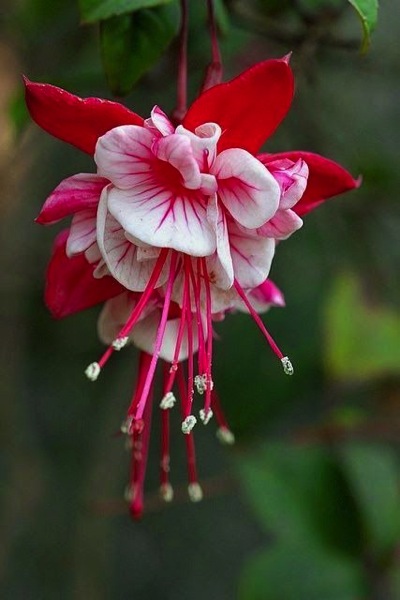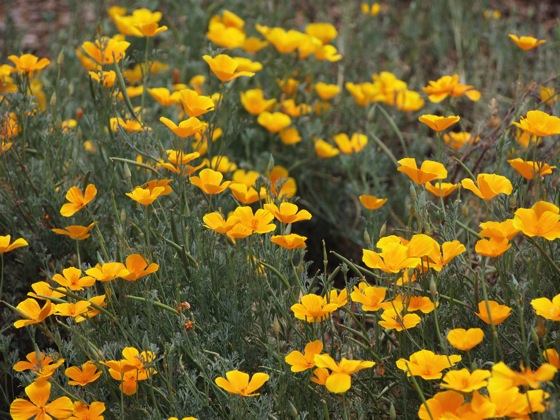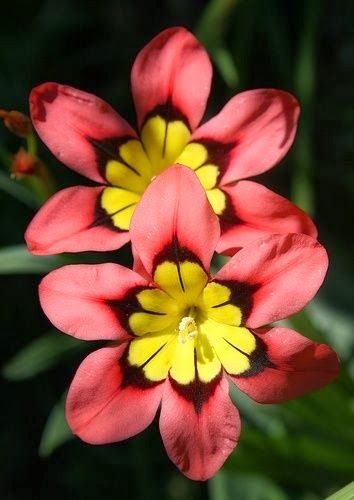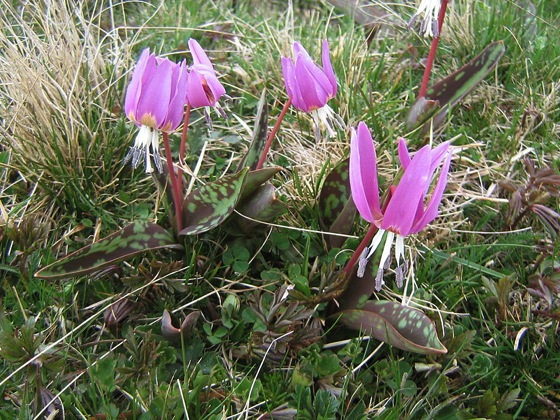Plumaria
We happened upon these lovely plumaria on a walk around the neighborhood on Monday. These are part of the landscaping at the Marvin Braude Constituent Service Center just up the street. The bright yellows against the dark foliage is quite striking.
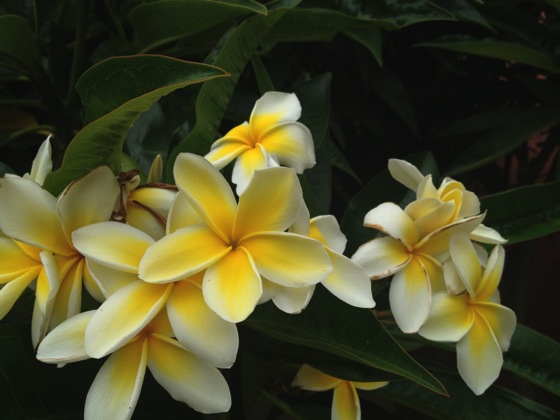
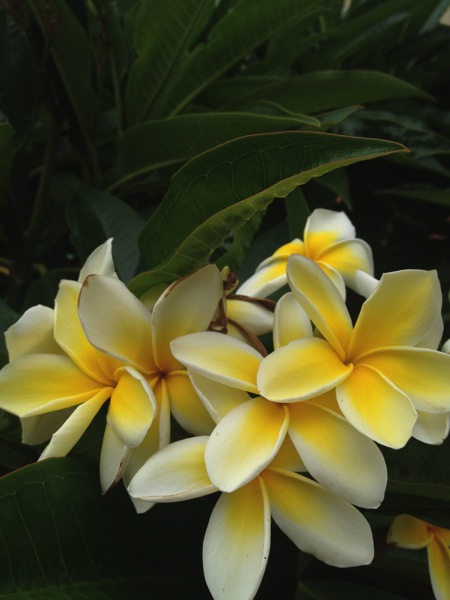
Photo: Douglas E. Welch, A Gardener’s Notebook
Plumeria (common name Frangipani[citation needed]) is a genus of flowering plants in the dogbane family, Apocynaceae.[1] It contains seven or eight species of mainly deciduous shrubs and small trees. They are native to Central America, Mexico, the Caribbean, and South America as far south as Brazil [3] but can be grown in tropical and sub-tropical regions.
Plumeria is related to the Oleander, Nerium oleander, and both possess an irritant, rather similar to that of Euphorbia. Contact with the sap may irritate eyes and skin.[4]Each of the separate species of Plumeria bears differently shaped, alternate leaves with distinct form and growth habits. The leaves of P. alba are quite narrow and corrugated, whereas leaves of P. pudica have an elongated shape and glossy, dark-green color. P. pudica is one of the everblooming types with non-deciduous, evergreen leaves. Another species that retains leaves and flowers in winter is P. obtusa; though its common name is “Singapore,” it is originally from Colombia.
Plumeria flowers are most fragrant at night in order to lure sphinx moths to pollinate them. The flowers have no nectar, however, and simply dupe their pollinators. The moths inadvertently pollinate them by transferring pollen from flower to flower in their fruitless search for nectar.
Plumeria species may be propagated easily from cuttings of leafless stem tips in spring. Cuttings are allowed to dry at the base before planting in well-drained soil. Cuttings are particularly susceptible to rot in moist soil. — Wikipedia.org
* A portion of each sale from Amazon.com directly supports our blogs
** Some of these books, and more, may be available at your local library. Check it out!
Previously in Flowering Now:
- Nasturtium
- Giant Bird of Paradise (Strelitzia nicolai)
- Fortnight Lily (Dietes) – June 24, 2014
- Water Lily (Nymphaeaceae)
- Daylily (Hemerocallis)
- Morning glory (Convolvulaceae)
- Pink Hibiscus
- Magnolia grandiflora
- Gardenia – beautiful flowers and scent
- Calochortus superbus (Superb mariposa lily) – California Native





